The plan aims to recreate the challenges astronauts might face on the Red Planet, preparing for future long-term missions to the Moon and Mars.
The mission, part of NASA's Crew Health and Performance Exploration Simulation (CHAPEA) program, will begin on October 19 and run through October 26, 2026.
The crew of two military officers and two civilians will live in a 158,000-square-meter space, named Mars Dune Alpha, at the Johnson Space Center in Houston, US.
Notably, the commander of this mission was not an experienced astronaut, but Major Ross Elder, a US Air Force pilot. He was chosen for his combination of technical expertise and experience in handling high-stress situations.
Major Ross Elder: Special Commander

Major Ross Elder, with over 1,800 flight hours (of which over 200 are combat hours), brings to the CHAPEA mission a unique combination of technical expertise, operational discipline, and leadership experience.
He is trained in both aerospace and mechanical engineering and has extensive experience in flight test with a focus on advanced systems, automation, and manned and unmanned aircraft.
These skills are particularly well-suited to CHAPEA, where the crew will have to troubleshoot systems, manage resources, and overcome simulated hardware challenges without outside assistance.
His leadership experience in leading small teams, adhering to strict procedures and maintaining safety standards in a military testing environment was also key to guiding the crew through 378 days of isolation.
Inside Mars Dune Alpha: Simulating Life on Mars
The Mars Dune Alpha habitat, a 1.5 million-square-foot 3D-printed structure inside the Johnson Space Center, is designed to simulate life on Mars as realistically as possible.
The area includes private rooms for each crew member, a work station, a medical facility, and a simulated "outdoor" area to practice spacewalks on the Martian surface.
To increase realism, communication with the outside world will be deliberately slowed down, simulating a 20-minute delay between Earth and Mars.
The supplies needed for life would also be limited, just as in a real-world operation the distance between two planets would be hindered.
Human Challenge
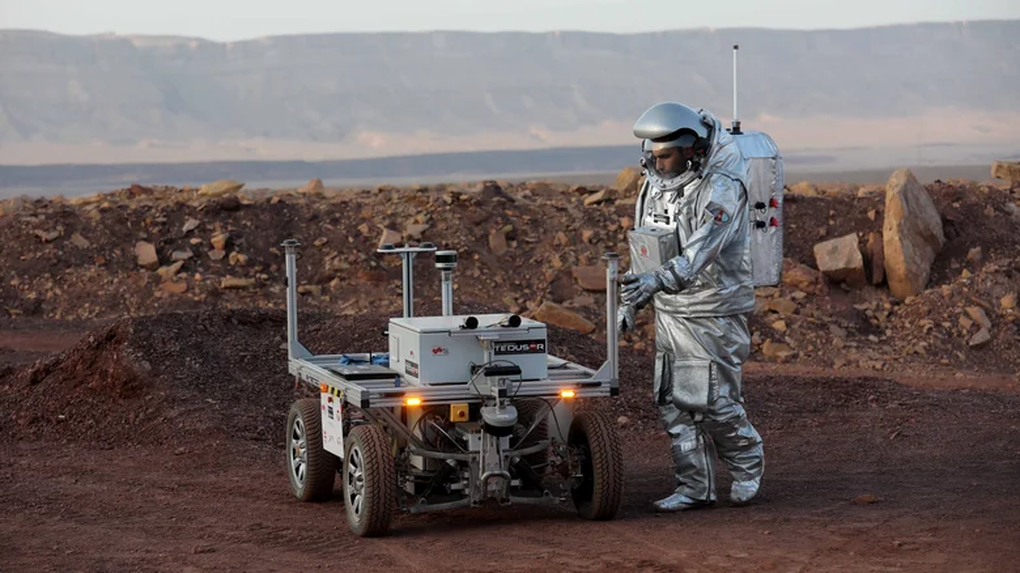
This NASA Mars simulation program is not just a test of equipment, but also a test of human endurance.
Researchers will monitor every aspect, from the astronauts' nutrition and physical well-being, to their psychological resilience during their time in isolation.
The goal is to understand how isolation, stress, and resource scarcity affect crew members' teamwork, decision-making, and health.
CHAPEA is a preparation for life on Mars. NASA wants to understand how astronauts will respond to the unique challenges of survival on another planet, and learn from the experience to prepare for ambitious future missions to Mars.
Source: https://dantri.com.vn/khoa-hoc/vi-sao-nasa-chon-phi-cong-khong-quan-lam-chi-huy-nhiem-vu-sao-hoa-20251001000753791.htm



![[Photo] Students of Binh Minh Primary School enjoy the full moon festival, receiving the joys of childhood](https://vphoto.vietnam.vn/thumb/1200x675/vietnam/resource/IMAGE/2025/10/3/8cf8abef22fe4471be400a818912cb85)
![[Photo] Prime Minister Pham Minh Chinh chairs meeting to deploy overcoming consequences of storm No. 10](https://vphoto.vietnam.vn/thumb/1200x675/vietnam/resource/IMAGE/2025/10/3/544f420dcc844463898fcbef46247d16)



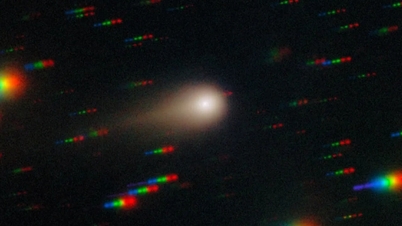




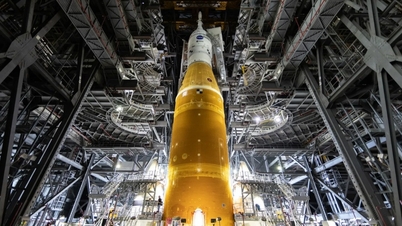
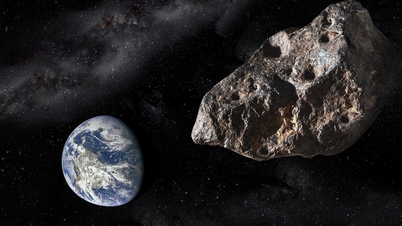

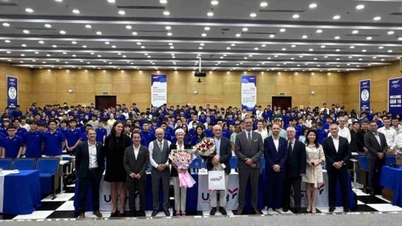








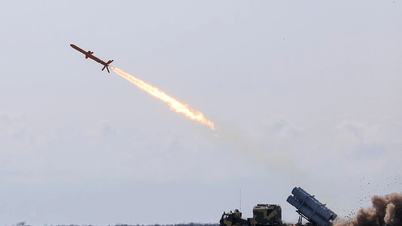






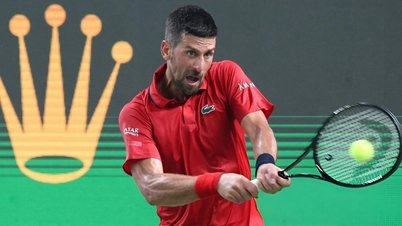





































































Comment (0)